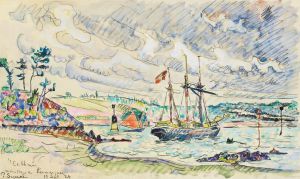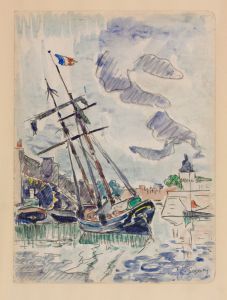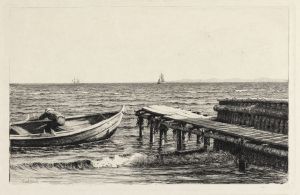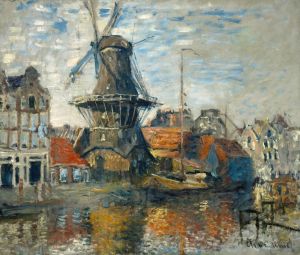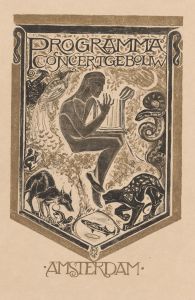
Polder met gemeerde vrachtschuit buiten Amsterdam II
A hand-painted replica of Piet Mondrian’s masterpiece Polder met gemeerde vrachtschuit buiten Amsterdam II, meticulously crafted by professional artists to capture the true essence of the original. Each piece is created with museum-quality canvas and rare mineral pigments, carefully painted by experienced artists with delicate brushstrokes and rich, layered colors to perfectly recreate the texture of the original artwork. Unlike machine-printed reproductions, this hand-painted version brings the painting to life, infused with the artist’s emotions and skill in every stroke. Whether for personal collection or home decoration, it instantly elevates the artistic atmosphere of any space.
Polder met gemeerde vrachtschuit buiten Amsterdam II is a painting by the renowned Dutch artist Piet Mondrian, created in 1900. Mondrian, who is best known for his later abstract works and contributions to the De Stijl movement, began his career with more representational and naturalistic scenes. This painting is a part of his early body of work, which often depicted the Dutch landscape and rural life.
The title of the painting translates to "Polder with Moored Freight Barge outside Amsterdam II," indicating the subject matter focuses on a typical Dutch polder landscape, which is a low-lying tract of land enclosed by dikes, featuring a moored freight barge. This setting is reflective of the Netherlands' geographical and cultural landscape, where waterways and barges were integral to transportation and trade.
In this painting, Mondrian captures the serene and pastoral essence of the Dutch countryside. The composition likely includes elements such as expansive skies, flat lands, and water channels, which are characteristic of the polder landscapes. The presence of a freight barge suggests the importance of water transport in the region, highlighting the interaction between human activity and the natural environment.
Mondrian's style during this period was influenced by the Hague School, which emphasized realism and often depicted the Dutch landscape with a focus on light and atmosphere. His use of color and light in Polder met gemeerde vrachtschuit buiten Amsterdam II would have been more subdued and naturalistic compared to his later works. This painting is an example of how Mondrian's early work was rooted in the observation of nature and traditional techniques.
As Mondrian's career progressed, he moved towards abstraction, eventually becoming a leading figure in the De Stijl movement, which advocated for pure abstraction and simplicity, using straight lines and primary colors. However, Polder met gemeerde vrachtschuit buiten Amsterdam II remains an important piece that showcases his early exploration of form and composition within a representational framework.
This painting is part of Mondrian's journey as an artist, reflecting his transition from traditional landscape painting to the abstract style for which he is best known. It provides insight into his development and the influences that shaped his artistic vision. The work is a testament to Mondrian's ability to capture the essence of the Dutch landscape while laying the groundwork for his future innovations in art.
Polder met gemeerde vrachtschuit buiten Amsterdam II is a valuable piece for understanding Mondrian's artistic evolution and the broader context of early 20th-century Dutch art. It serves as a reminder of the artist's roots in the natural world and his gradual shift towards abstraction, which would later revolutionize modern art.





